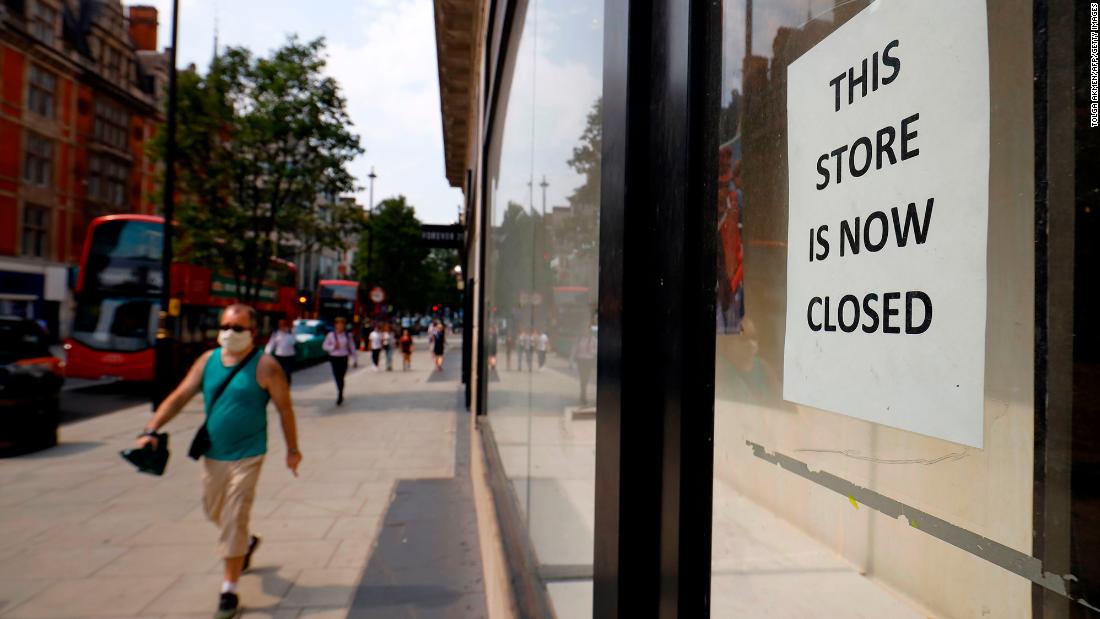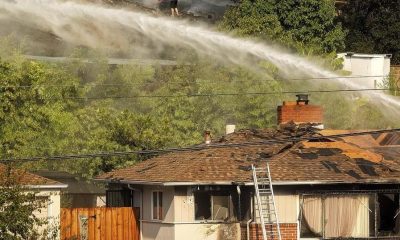A new study from the Pew Research Center says 69% of Americans think the current economic situation is bad, while 30% think it’s good. By comparison,
only 17% thought the economy was in good shape in 2009, the worst year of the Great Recession.
That’s striking, because by a lot of metrics, the current downturn is a lot worse than the years following the financial crisis:
Far more jobs were lost, unemployment is higher,
the economy contracted more sharply and the
government is spending more. (Check
CNN Business’ recovery tracker for more on these and other effects of the pandemic.)
There are key differences that may be affecting how Americans see and feel this downturn. The Great Recession was often dubbed “
man-cession” because so many jobs in male-dominated sectors like manufacturing and construction vanished. This time around, job losses have been concentrated in the services sector — particularly in hospitality and travel industries, which
employ more women than men.
The pandemic downturn also struck when things were generally going well, creating a sharp comparison point. It’s come on the heels of the
longest economic expansion in America’s history, with the
unemployment rate near a 50-year low in February.
The trend holds elsewhere in the world where Pew surveyed, too. A median 67% of Europeans think the economy is doing poorly, versus a median 32% who think everything is just dandy. But as recently as 2013, in the aftermath of the Eurozone sovereign debt crisis, only 15% thought their nations’ economies were doing well.
Pew surveyed people in Italy, Spain, France, the United Kingdom, Belgium, Germany, the Netherlands, Sweden and Denmark with widely varying results.
In Italy, Spain, France, Britain and Belgium, the majority of people thought the economy was in bad shape.
And a majority of Americans, Canadians and Germans think their nations’ economies will improve again in the next year. It’s the good old hope for a V-shaped recovery, defined by a sharp decline and a rapid rebound. Even as jobs are coming back and
manufacturing activity is recovering, it’s too early to tell whether the recovery will really be V-shaped.
One significant factor affecting economic views is public perception of how the pandemic was handled: Those who believe the Covid-19 response was poor also believe their country’s economy is doing poorly.
This is especially true in the United States, where 87% of people critical of the pandemic response believe the economy is in bad shape.

























